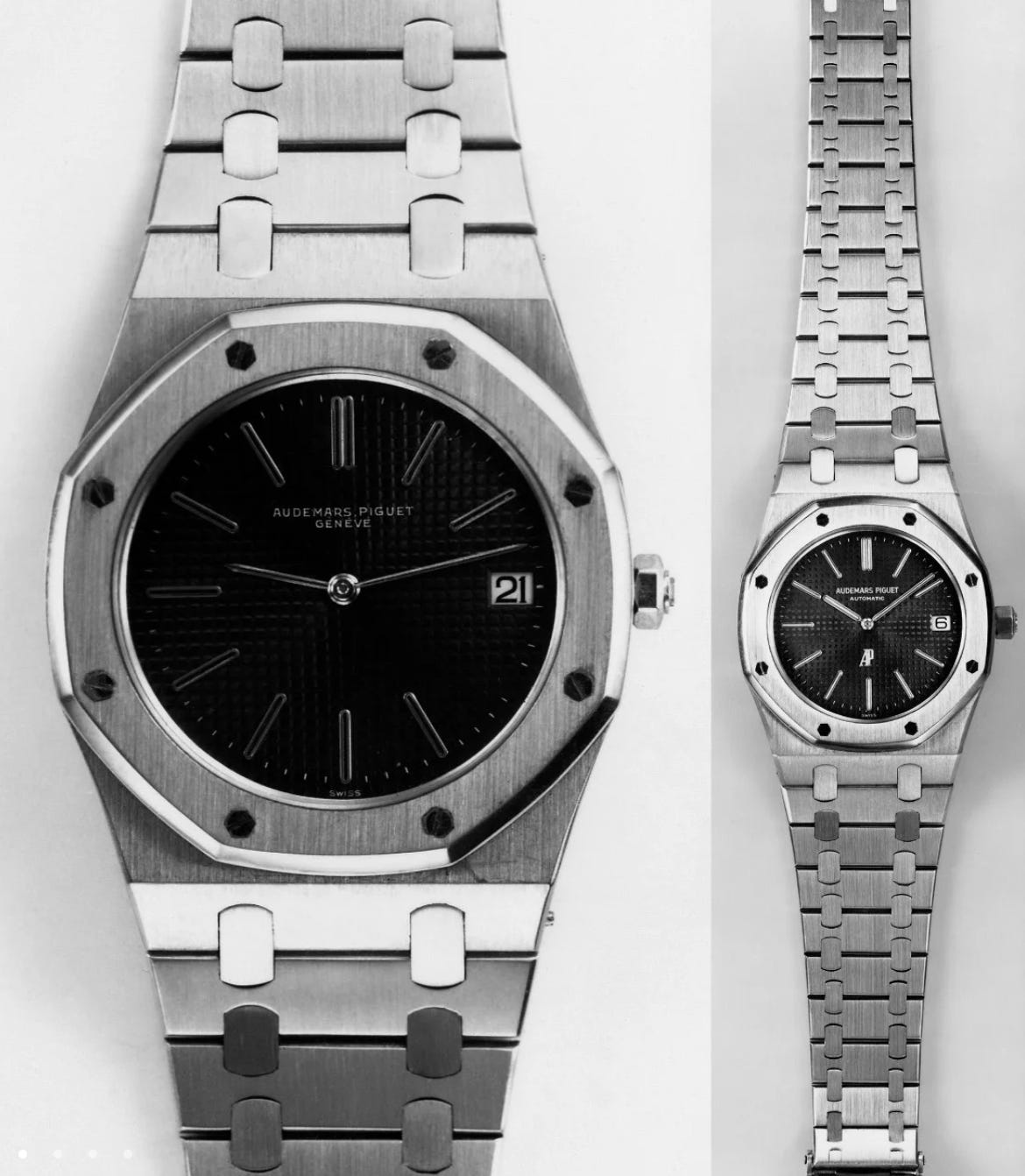The Case Is the Message: How Materials Became the New Complication
Steel, Titanium, Bronze—What Your Watch Case Is Trying to Tell You.
From bronze that ages like memory to titanium that whispers instead of shouts, luxury watchmaking has learned to speak in the language of atoms and alloys. In an era where movements can be modular and complications outsourced, the case has emerged as the true site of expression—a tactile frontier where philosophy meets physics. The revolution is not inside the watch anymore. It is on its skin.
Once, collectors clustered around exhibition casebacks, parsing Geneva stripes and anglage. Today, they run fingers along brushed lugs and matte finishes, murmuring about heat-treated titanium and the slow bloom of bronze patina. The movement still beats, but the poetry has migrated outward. This is not superficial. It is a structural shift. With the barriers to movement manufacturing rising and heritage resources finite, case materials have become the primary stage for horological storytelling. Brands compete less on tourbillons and more on tactility.
To Abraham-Louis Breguet, the case was a vessel. In the 18th century, gold protected the movement but carried no meaning beyond metallurgy. Even in the 1970s, when Gérald Genta’s Royal Oak stunned the industry with a steel case priced like gold, the message was not about the metaphysics of steel—it was about redefining luxury through industrial design. But something shifted. As high complications became standardized, and “manufacture” became branding rather than engineering, brands needed a new way to signal intent. The case became that signal.
Titanium’s path into luxury watchmaking began far from the watch bench. Developed for aviation and military applications, it arrived on wrists in the 1970s with Citizen’s X-8 Chronometer. But it was IWC’s 1980 Porsche Design Titan chronograph that truly introduced titanium’s philosophical potential: lightweight, non-conductive, and cool to the touch. It was engineering made elegant.
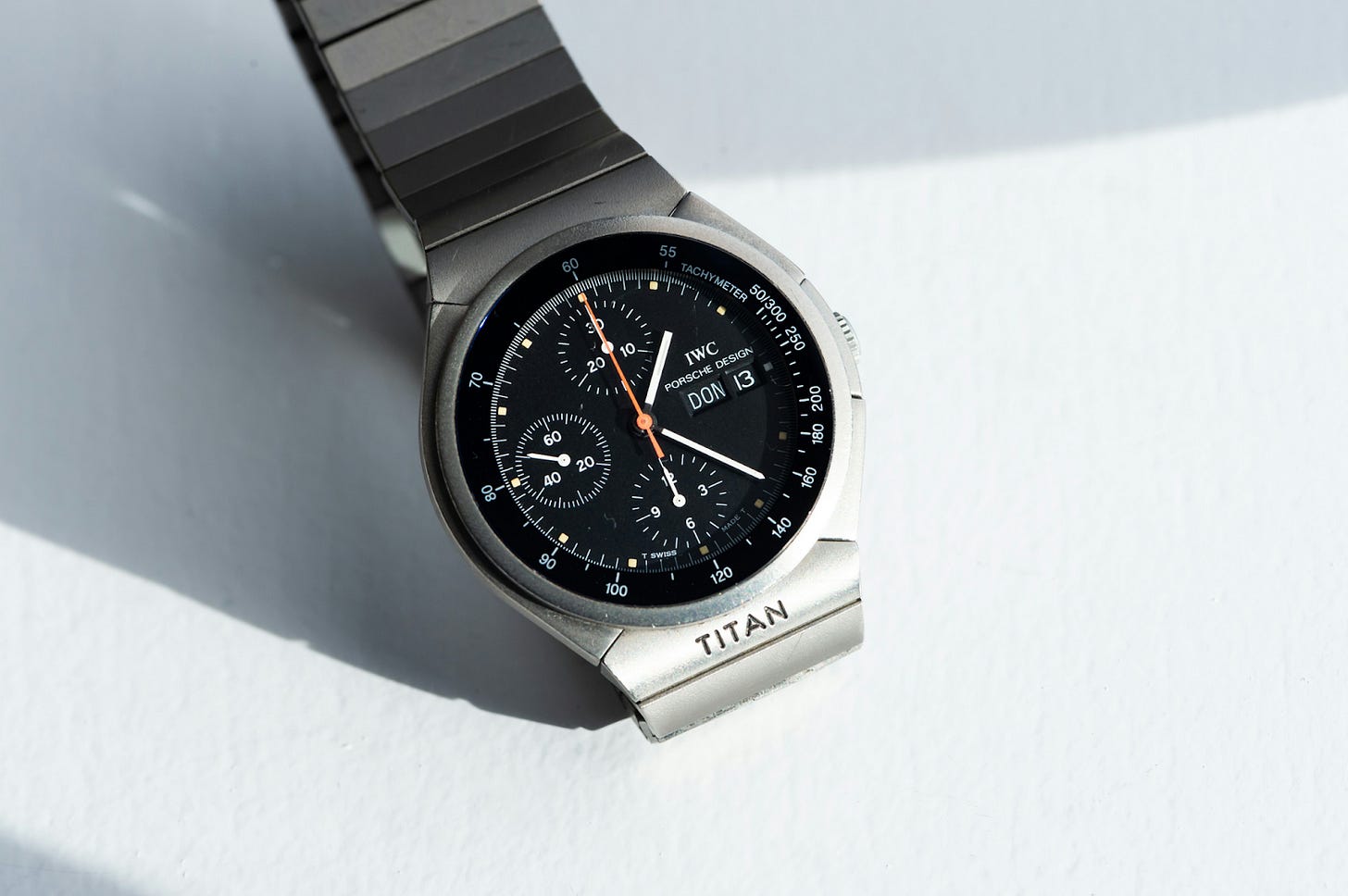
Over time, titanium’s message changed. No longer just a statement of lightness, it has become a code for quiet luxury. Where steel shouts with polish, titanium murmurs in matte. Its neutral gray tones—unassuming, contemplative—suggest a different kind of presence: one rooted not in flash, but in substance. H. Moser’s minute repeaters, Kudoke’s hand-engraved creations, even select Patek Philippe complications have turned to titanium, not for performance, but for meaning.
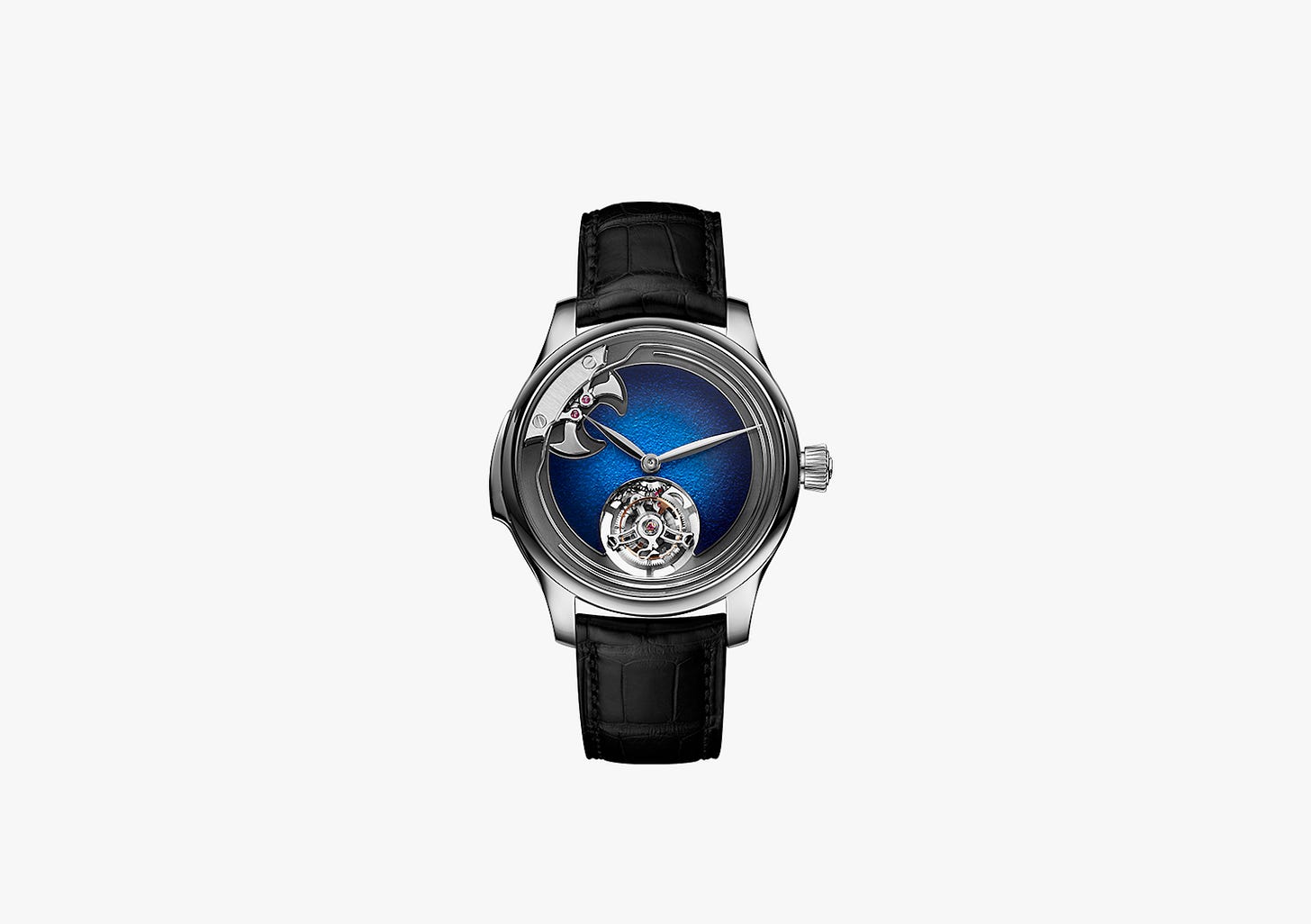
If titanium is about reduction, bronze is about evolution. Once used for marine chronometers because of its saltwater resistance, bronze was functional, even invisible. Today, it is a mirror of time itself. Bronze patinates in response to the world—humidity, skin oils, climate—all etch themselves onto the case. Each watch becomes an unwritten memoir. Panerai’s Bronzo models embrace this with theatrical confidence. Tudor's Black Bay Bronze does it with subtlety. Even niche independents have leaned into the poetry of oxidation.
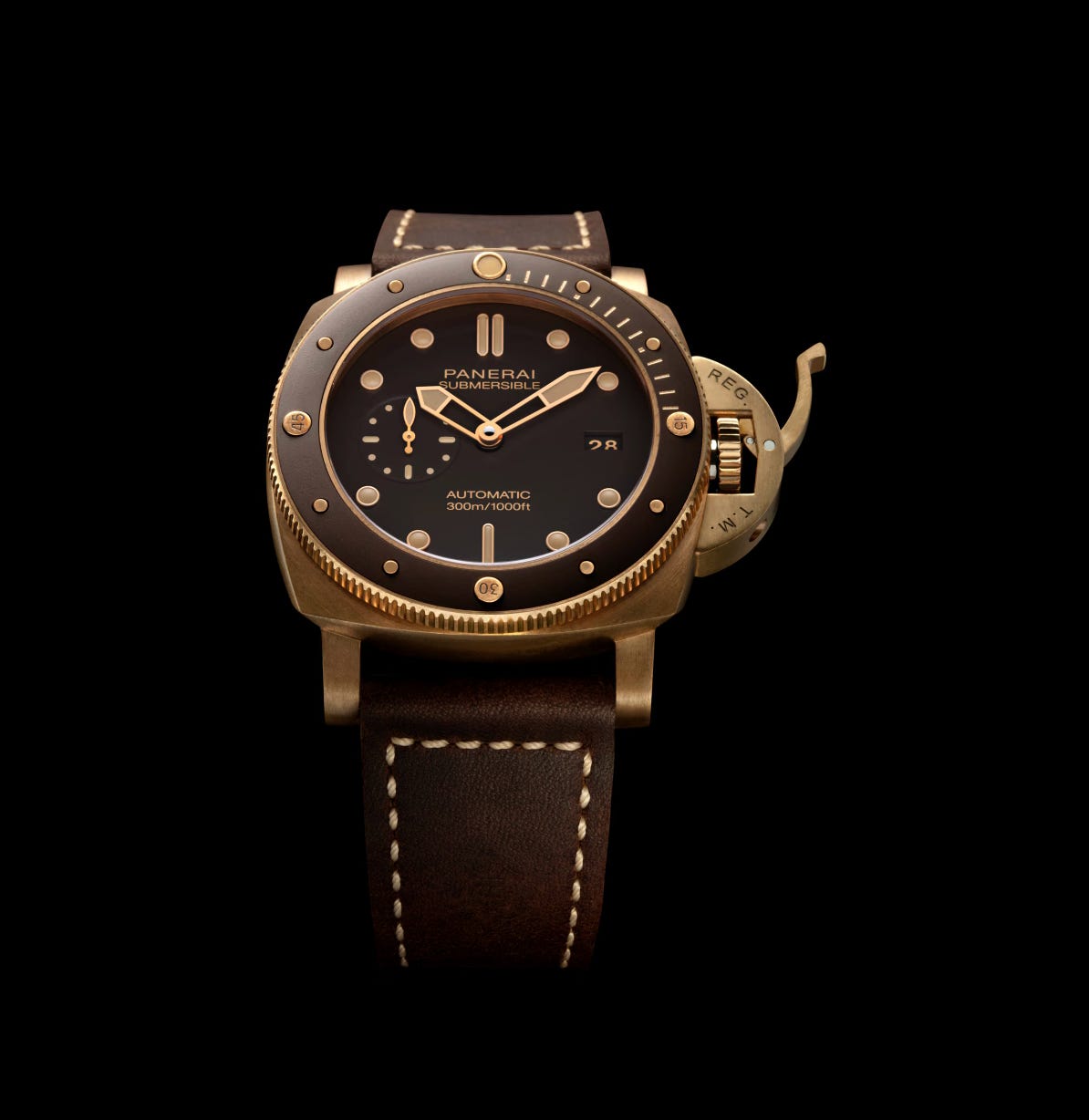
This shift is conceptual. Where 20th-century haute horlogerie promised unchanging perfection, bronze suggests the opposite: a watch that becomes more itself over time. Beauty, in this case, is a consequence of exposure, not escape.
The transformation does not end with metal. Carbon fiber, ceramic matrix composites, forged carbon—these are not just engineering triumphs. They are provocations. Richard Mille’s layered carbon tonneau cases do not whisper. They scream motorsport futurism. Hublot’s fusion of sapphire, ceramic, and carbon creates kaleidoscopic surfaces that would have baffled earlier generations. These materials offer more than hardness or lightness. They offer editorial voices.
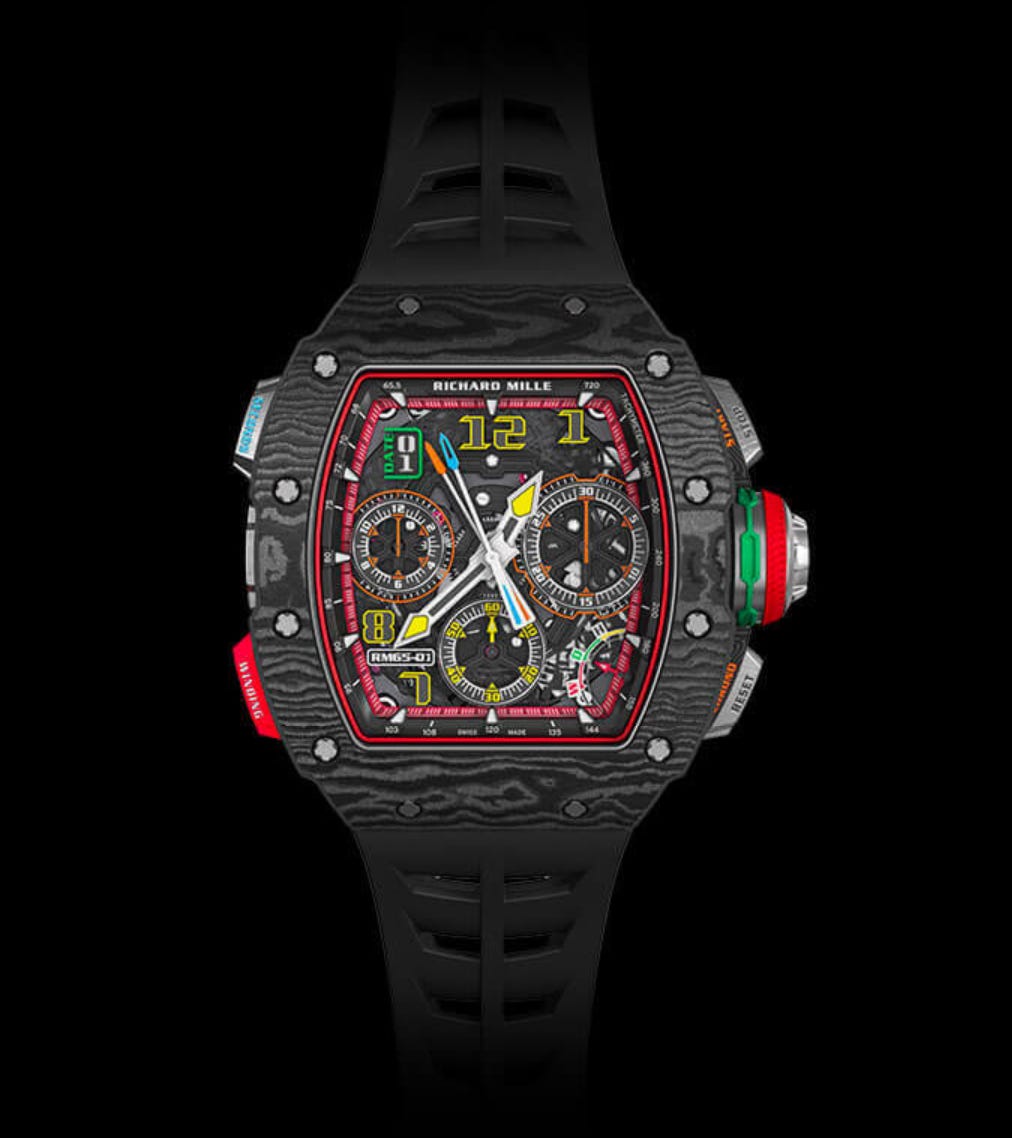
Ceramic, once purely functional, has become a canvas. Chanel’s J12 in glossy black ceramic redefined fashion-forward resilience. Omega’s Speedmaster “Dark Side of the Moon” wrapped a spacefaring legacy in lunar black. What was once a shield is now a sculptural medium. The result is less about technical supremacy than cultural positioning. These materials suggest forward momentum, and when used thoughtfully, they render the familiar—like a Royal Oak or a Tag Heuer Monaco—new again.
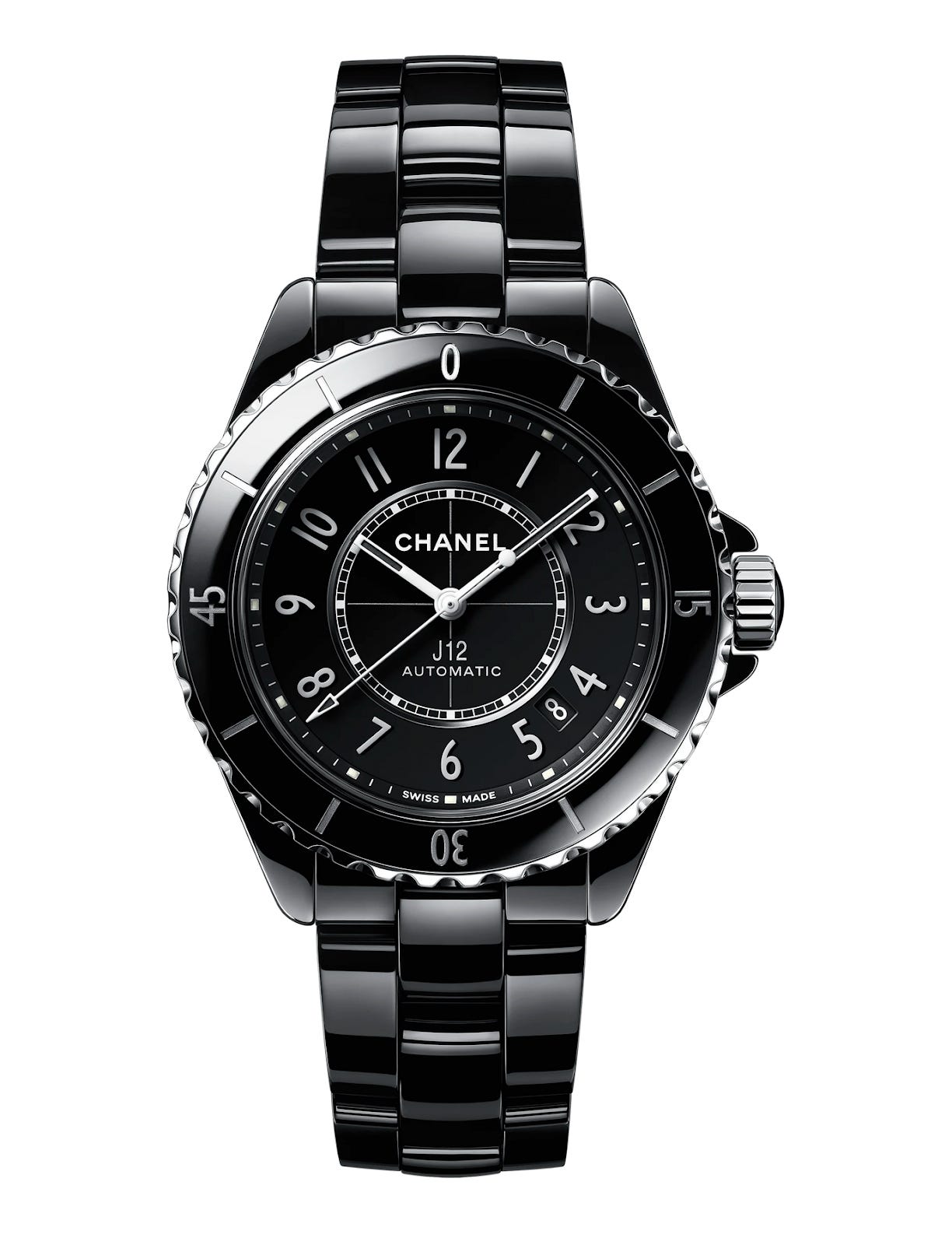
This reorientation has also reshaped the economics of the industry. In the 1980s, recognition came from decades of excellence. Today, a novel case alloy can generate brand identity overnight. This is not cheap gimmickry—it is a recalibration of the craft. Audemars Piguet’s Royal Oak in ceramic is not just a color variation; it is a reassertion of control over the object. Rolex’s proprietary Oystersteel subtly reframes 904L steel as a branded signature. These material decisions are no longer secondary—they are foundational.
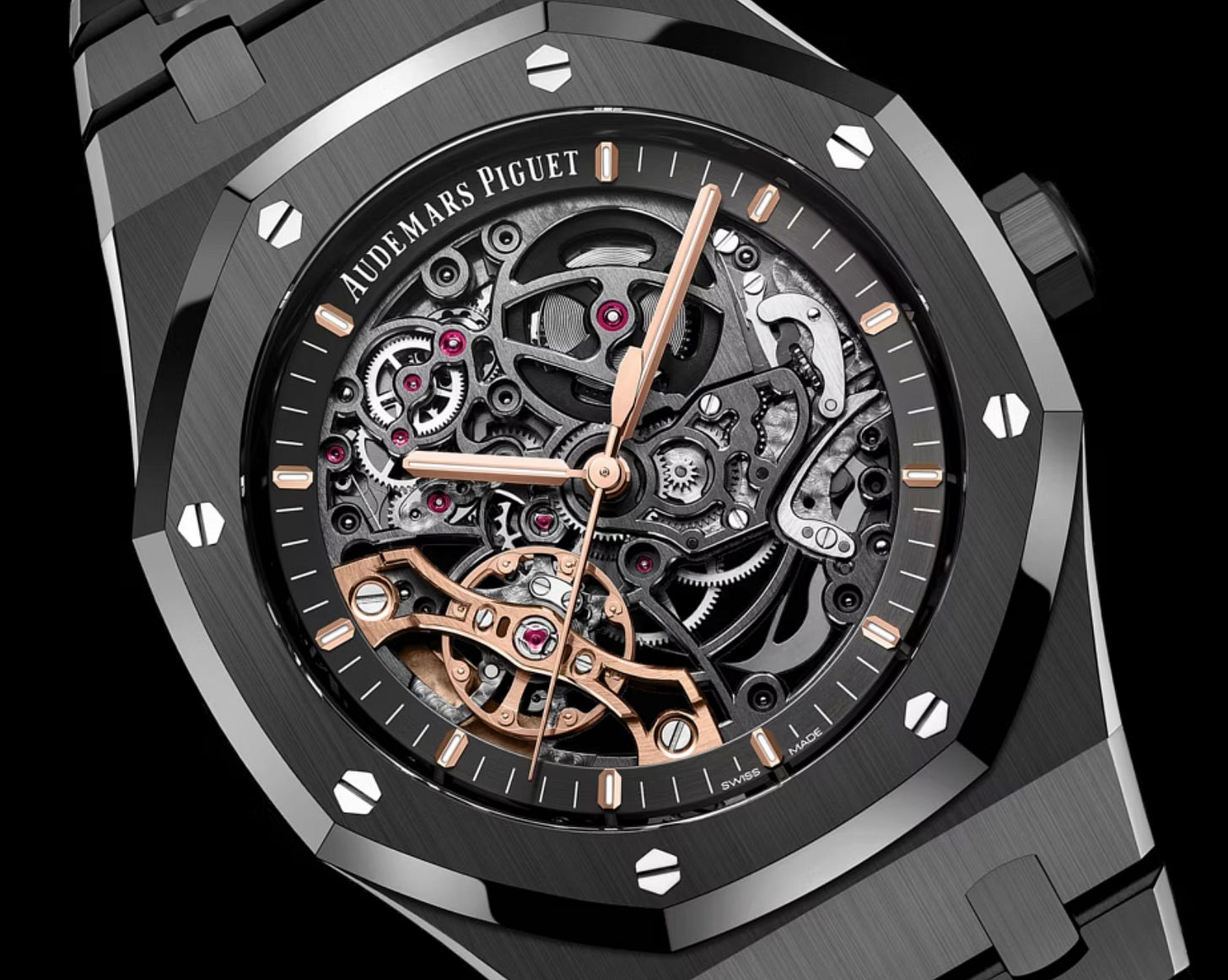
Perhaps the closest historical parallel is Bauhaus design. When Marcel Breuer bent tubular steel into chairs, he was not just solving a structural problem—he was building a new visual language. Today’s material-savvy watchmakers are doing the same.
And like language, materials speak in dialects. Movements, for all their complexity, are universal. A seconds hand sweeps. A date advances. A power reserve depletes. But materials are contextual. To a sailor, bronze conjures hulls and harbor air. To a designer, it recalls Giacometti sculptures and oxidation’s soft entropy. Titanium might suggest NASA to one, dental implants to another. Ceramic, depending on your reference point, could evoke Kyoto teaware or stealth bombers.
This variability is the point. The case is the watch’s first interface with the world. It touches skin. It refracts light. It provokes memory. In a digital age, where timekeeping has become virtual, the case reasserts the physical.
There is danger, of course, in chasing materials too fervently. When every release touts “innovative carbon composites” or “exclusive blends,” fatigue sets in. The message becomes noise. But the best brands resist this. They use materials not just for novelty, but for narrative. Hermès fuses leathercraft with case design. Bulgari integrates architectural cues from its jewelry heritage. These are not novelties—they’re continuity expressed through form.
Luxury watchmaking has always trafficked in complexity. But today, its most profound expression lies not in complications, but in composition. The case has become a stage, a sculpture, a sentence fragment waiting to be completed by the wearer. In brushed titanium or decaying bronze, in glossy ceramic or matte forged carbon, the message is clear: luxury is no longer what the watch does. It is how it feels. And in that feeling—weight, temperature, texture, resonance—is where horology now finds its voice.
Author’s Note
This essay represents editorial analysis and opinion. While historical facts and industry developments have been researched and verified through multiple sources, interpretations of brand strategies and philosophical implications reflect the author's perspective. No commercial relationships with mentioned brands influenced the content. Readers interested in specific timepieces or technical specifications should consult authorized dealers and manufacturer documentation.



